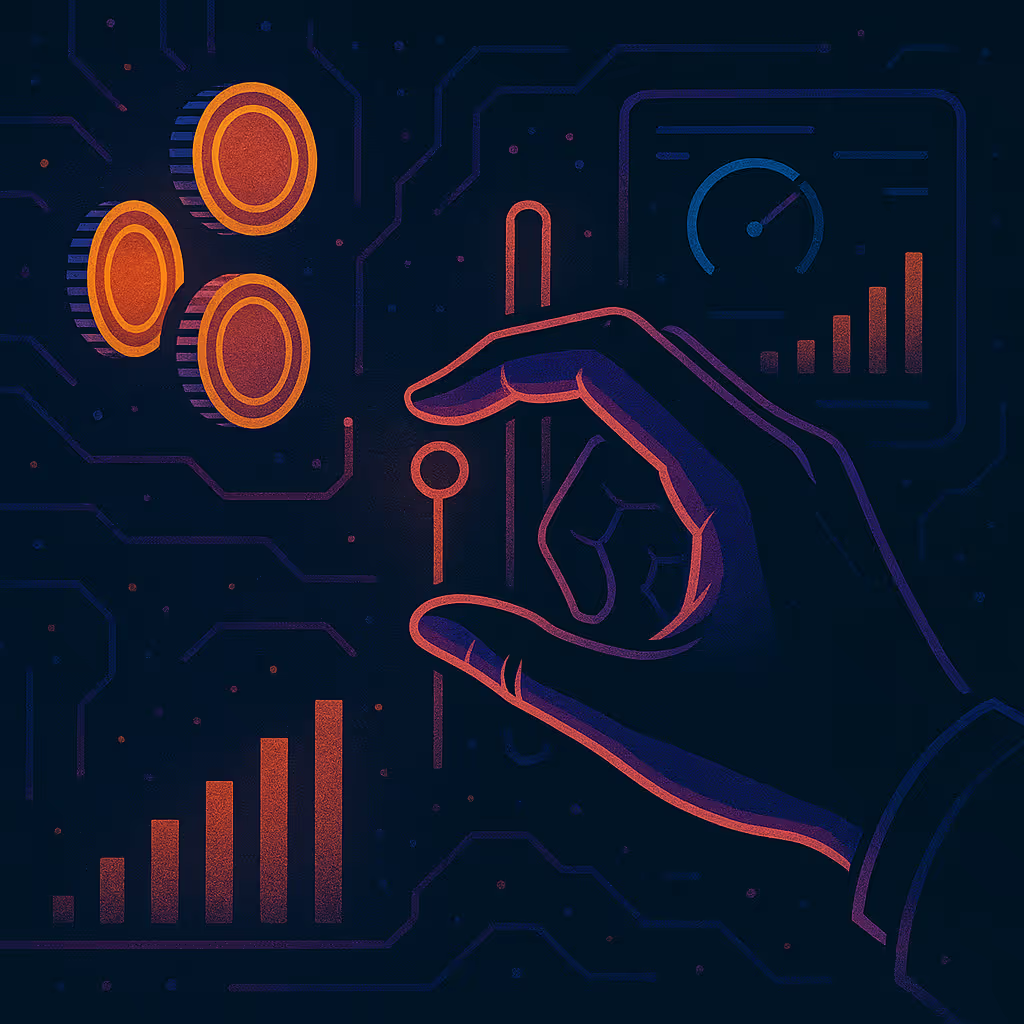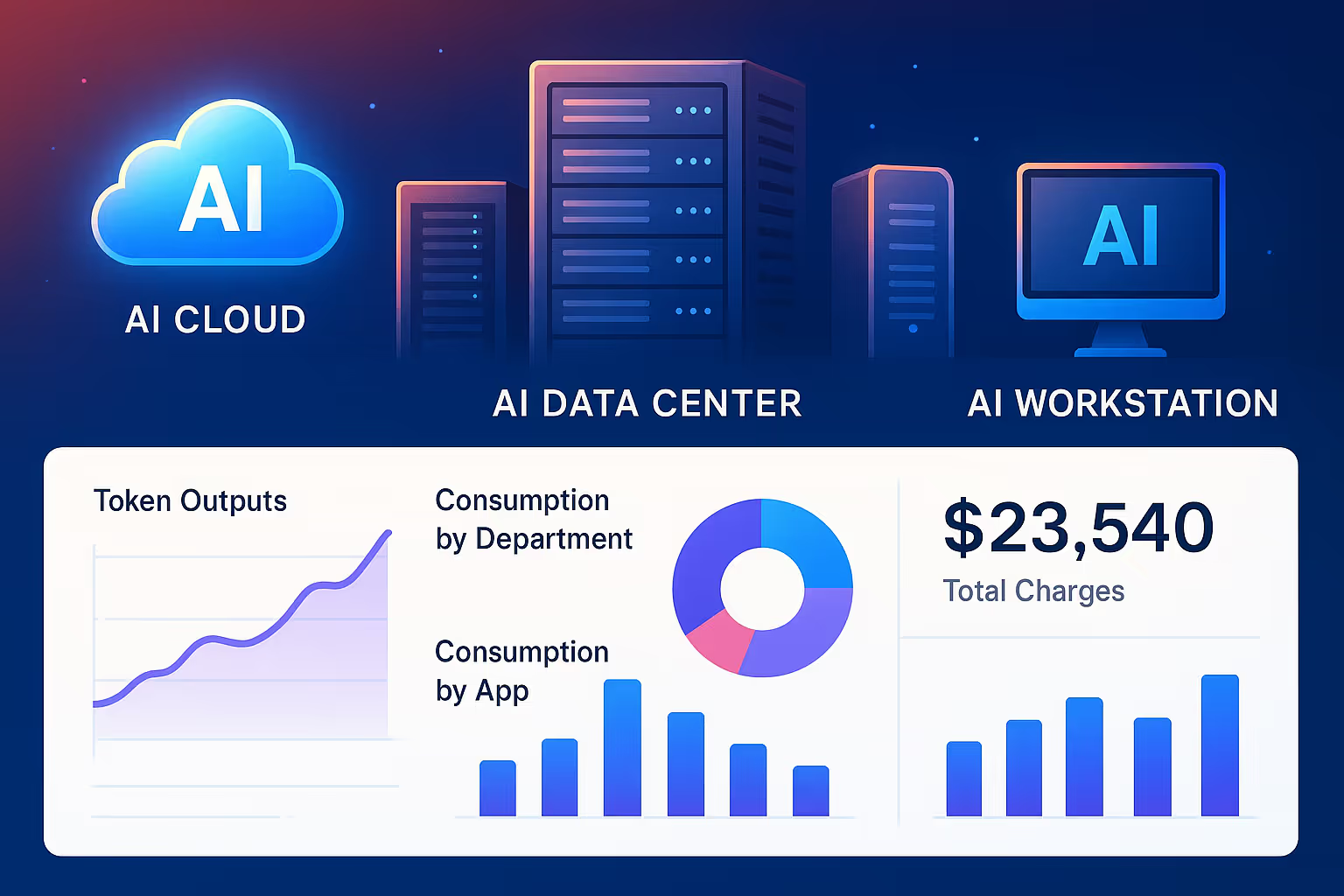SaaS invoicing doesn't have to be a headache. You've got a business to run, and the last thing you need is to be bogged down by manual billing processes, complex pricing structures, and unhappy customers.
But here's the thing: getting your invoicing right can be a game-changer.
When you streamline your SaaS invoicing processes, you not only save precious time, you also open up new opportunities to boost your revenue. Imagine being able to automatically bill your customers, handle complex pricing scenarios with ease, and provide a seamless experience that keeps them coming back for more.
First, Let's Define SaaS Invoicing
SaaS invoicing is the process of billing customers for using a software-as-a-service (SaaS) product. It’s not simply charging flat rates to customers - it involves tracking customer usage, generating invoices, and collecting payments on a recurring basis. SaaS billing is a critical component of any SaaS business because it directly impacts revenue and cash flow.
Unlike traditional software sales, where customers pay a one-time fee for a perpetual license, SaaS companies typically charge customers on a subscription basis. SaaS invoicing must be able to handle recurring billing cycles, proration, and usage-based pricing models.
Benefits of SaaS Invoicing… When Done The Right Way
Effective SaaS invoicing can provide several benefits to software businesses. It can help streamline the billing process, reduce manual effort, and minimize errors. By automating invoice generation and payment collection, SaaS companies can save time and resources that can be better spent on product development and customer support.
SaaS invoicing systems can also provide valuable insights into customer behavior and revenue trends. By tracking usage data and payment history, SaaS companies can identify opportunities for upselling, cross-selling, and customer retention. This information can help inform pricing strategies and product roadmaps.
Key Elements of Effective SaaS Invoicing
To effectively manage SaaS invoicing, there are several key elements that need to be in place. These include:
- Dunning Management: The ability to handle failed payments and customer communication around payment issues
- Subscription Management: The ability to create and manage subscription plans, including pricing, billing frequency, and trial periods
- Usage Tracking: The ability to track customer usage of the SaaS product, whether it's based on users, features, or other metrics
- Invoice Generation: The ability to automatically generate invoices based on subscription plans and usage data
- Payment Processing: The ability to accept and process payments from customers, including credit cards, ACH, and other payment methods
Managing Your SaaS Billing Process
Once you have the right billing platform in place, the next step is to manage your ongoing billing process. This involves handling recurring payments, managing subscriptions, and implementing pricing changes as needed.
Handling Recurring Payments
One of the key aspects of SaaS invoicing is handling recurring payments. This involves automatically charging customers on a regular basis, based on their subscription plan and usage.
To ensure smooth recurring payments, it's important to have a system in place for updating customer payment information and handling failed payments. Also known as dunning, this is often addressed after a payment gateway has encountered an error. Many billing platforms offer features like automatic card updaters and dunning management to help with this process.
Managing Subscriptions
Another important aspect to consider when setting up SaaS invoicing is customer subscription management. This involves tracking subscription statuses, handling upgrades and downgrades, and processing cancellations and refunds.
To streamline subscription management, consider offering self-service options for customers to manage their own subscriptions. This can include a customer portal where they can view their usage, update their billing information, and make changes to their subscription plan.
Implementing Pricing Models
As your SaaS business grows and evolves, you may need to make changes to your pricing models. This could involve introducing new pricing tiers, adding usage-based pricing options, or adjusting your prices based on market conditions.
When implementing pricing changes, it's important to communicate clearly with your customers and give them plenty of notice. You may also want to offer grandfathering options or other incentives to help retain existing customers.
Offering Discounts and Promotions
Offering discounts and promotions is an effective way to attract new customers and encourage upgrades. However, it's important to have a system in place for tracking and applying these discounts to customer invoices.
You’ll want features for creating and managing discount codes and promotional pricing. You can also use tools like Stripe Coupons to automatically apply discounts to customer subscriptions.
Optimizing Your SaaS Invoicing
Once you have your SaaS invoicing processes up and running, there are several ways you can optimize them to improve efficiency and accuracy. Here are a few key areas to focus on:
Automating Invoice Generation
Manually creating invoices can be time-consuming and error-prone. By automating your invoice generation process, you can save time and ensure accuracy.
You’ll want access to customizable invoice templates and the ability to automatically generate invoices based on usage data and billing cycles. This can help streamline your invoicing process and reduce the risk of errors.
Streamlining Revenue Recognition
Revenue recognition can be a complex process for SaaS businesses, particularly when dealing with multiple pricing models and billing frequencies. When you find a cloud billing solution that supports multiple pricing models, automatic metering of customer usage and building usage based pricing plans, all while incorporating this into an advanced analytics dashboard, this allows you to recognize more revenue.
This can help ensure that your financial reporting is accurate and up-to-date, and can save time and effort for your finance team.
Enhancing Customer Experience
SaaS invoicing isn't just about collecting payments; it's also an opportunity to enhance the customer experience. By providing clear, detailed invoices and offering self-service options for managing subscriptions and billing, you can improve customer satisfaction and reduce churn.
Consider offering features like a customer portal where customers can view their usage data, update their billing information, and manage their subscriptions. You can also use tools like Stripe Billing to send automated payment reminders and dunning emails to help prevent involuntary churn.
Easy Solutions for SaaS Invoicing Challenges
Since SaaS invoicing is bound to get more complicated as time goes on, it’s important to implement a flexible, comprehensive billing system now. But that’s not to say it doesn’t come with a small set of challenges. Here are a few common challenges and strategies for overcoming them:
Handling Failed Payments
Failed payments are a common challenge for SaaS businesses, particularly those with recurring billing models. To minimize the impact of failed payments, consider implementing a dunning management system that automatically retries failed charges and sends notifications to customers.
You can also offer multiple payment methods, such as credit cards and ACH, to give customers more flexibility and reduce the risk of payment failures.
Preventing Fraud
Fraud is a growing concern for SaaS businesses, particularly those with self-service signup and billing processes. To prevent fraud, it’s important to implement fraud detection tools and processes, such as IP blocking, velocity checks, and manual review of high-risk transactions.
You can also use tools like Stripe Radar to automatically detect and block fraudulent transactions before they impact your business.
Managing Complex Pricing
SaaS businesses often offer complex pricing models, such as usage-based pricing, tiered pricing, and per-user pricing. Managing these pricing models can be challenging, particularly when it comes to accurately tracking usage and generating invoices.
Be sure the software you select is able to support complex pricing models out of the box, and offer tools for tracking usage and generating accurate invoices. Here at Amberflo, our SaaS metering and billing software is built specifically to take care of these particular challenges.
They Way You Do SaaS Invoicing Has the Power to Boost Your Revenue
SaaS invoicing is more than just sending out bills. It's an opportunity to streamline your operations, enhance your customer relationships, and ultimately, boost your revenue.
By automating your billing processes, you can save time and reduce errors. Supporting complex pricing models allows you to offer flexible options that meet your customers' unique needs. By focusing on delivering a seamless, intuitive invoicing experience, you'll foster long-term customer loyalty.
Amberflo’s total monetization platform was built from the ground up for next-generation metering, pricing, and billing cases. Leverage its intelligence to inform roadmap development and identify opportunities for new features or products.
Talk to an expert today to see how you can uncover new insights for innovation and growth.





.svg)

